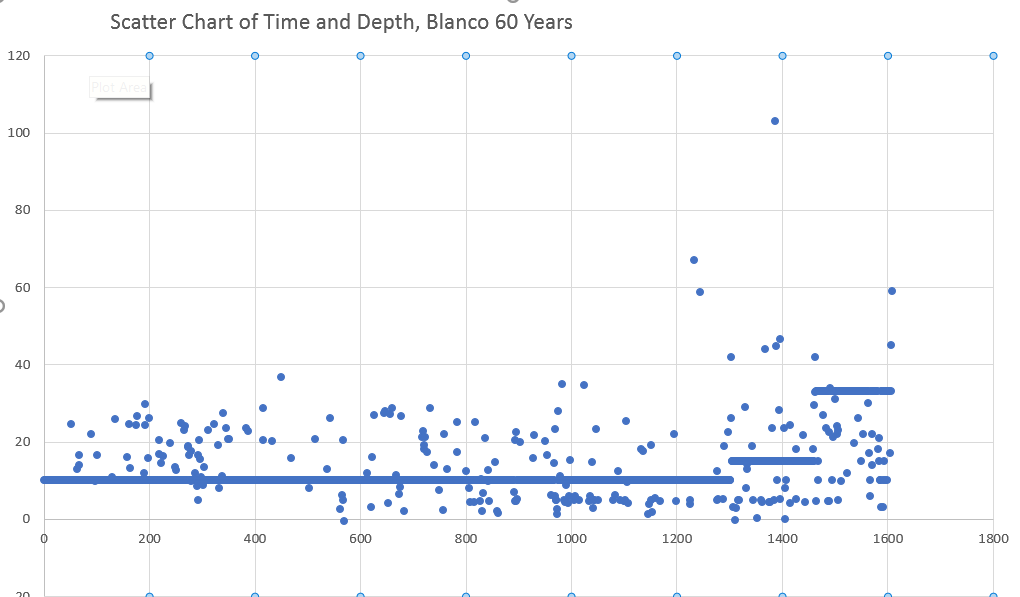stock here: this looked unusual enough that I immediately put out a warning, then set out to make sense out of just how unusual this is and what are the risks.
Since we have never seen anything like this before, even remotely close, I think a stance of “High Risk” is very justified. Let me explain what happened, why, and present some data and charts.
I have noted several website owners and some “Scientific Journals” take the position of “this is no big deal, this is just fun stuff to observe”, and that is shameful without diving into the facts as I have below. Another commenter nailed it with this comment
“
Energy Body
7 hours ago There you have it. An indoctrinated geologist who just can’t get the degree out of his own way. Real critical thinking would have led him to question the why’s and how’s of this swarm instead of writing it off with such hubris.—————————————–
I have various methods of researching, analyzing, and predicting earthquakes and volcanos. One of my method is what I call “Gap days” which is not to be confused with a Gap term that other geophysics people use to describe a movement type nature of 1 particular earthquake. My Gap Days is simply the number of days in a chosen area between earthquakes of a chosen magnitude. Intuitively this makes sense to me.
The average number of days between earthquakes at 4 magnitude (4M) and up at Blanco is around 14 if you use all the USGS data, but in the 1960s their instrumentation wasn’t that good and they just missed many of the EQ, so if you ignore that bad data, the average days between 4M and up EQ is 11.2 days.
Right around the Summer Solstice of 2020, the Blanco Got STUCK, with three periods of large gaps between large EQ, of 85 days, 97 days, and 62 days. There is nothing else like these huge gaps in the 60 year record, although after the 14 Quake Swarm of Jan 18, 2003, the following year saw 3 Gaps of 50, 64, and 65.

Currently we have a Swarm of 51 Large 4M quakes, the prior record was 13.





https://en.wikipedia.org/wiki/Blanco_Fracture_Zone#cite_note-13

The lowest depression at Blanco is 4.4km deep. And there are some ridges too, so lets say that any earthquake listed as less than 3km deep is an error. We see those errors in Hawaii too, where sometimes a Loihi seamount EQ is listed as a negative depth, aka above sea level. With budgets of JUST hundreds of millions, you would think that USGS might have an algorithm to call for a review of data like that!


Oregon state has some good coverage of the Blanco et al, as they should!!!
https://pnsn.org/about/directory
And the above link to Pacific Northwest Seismic Network
